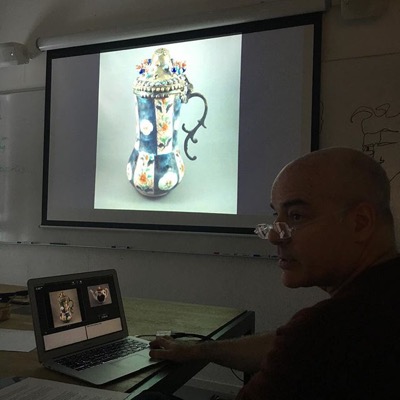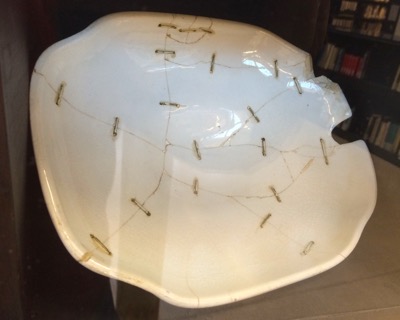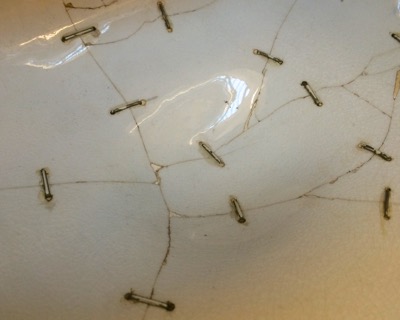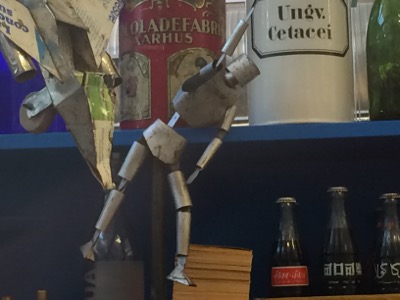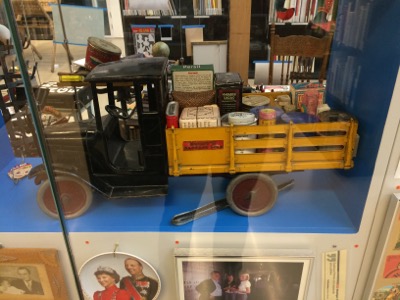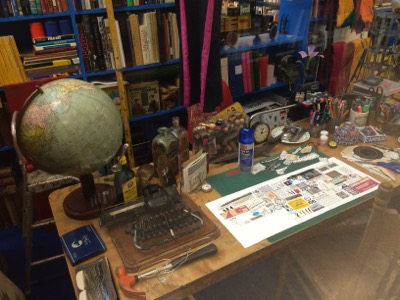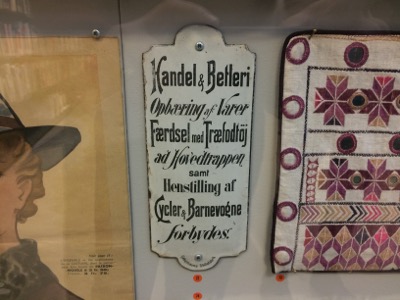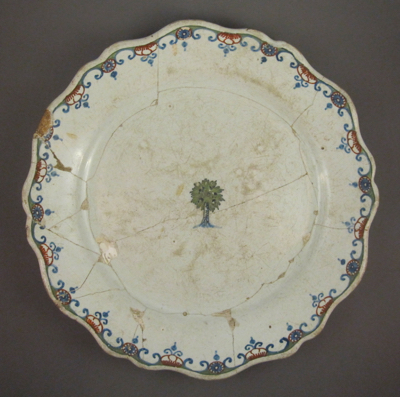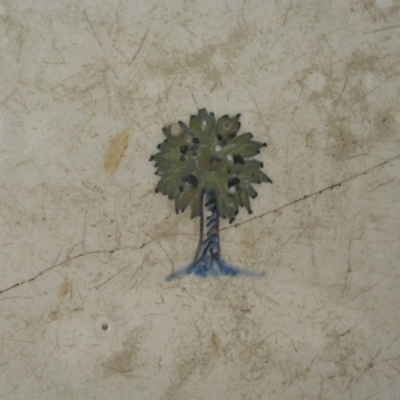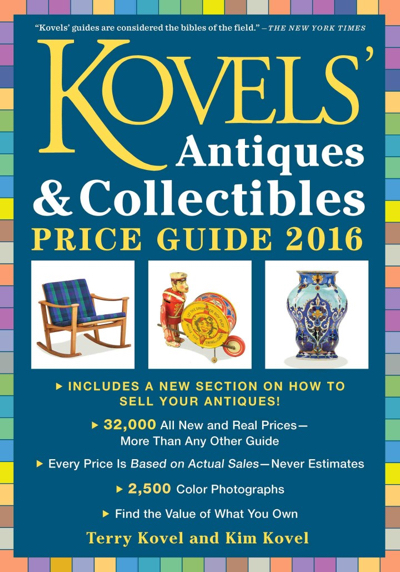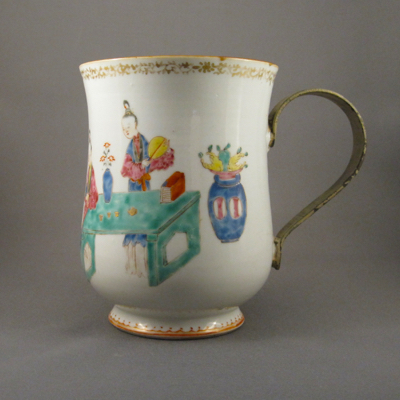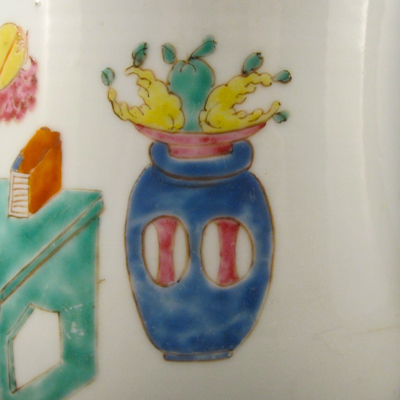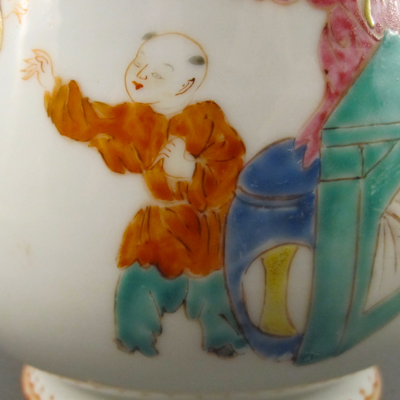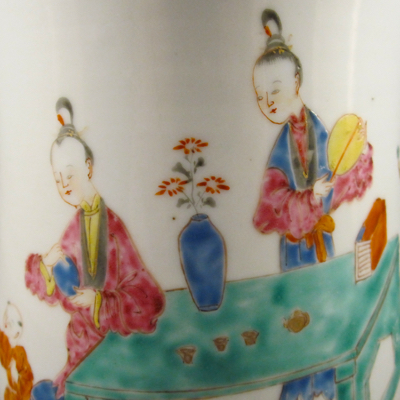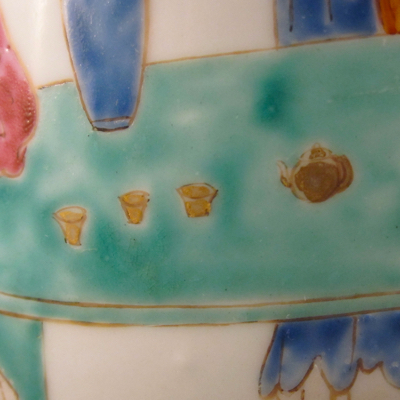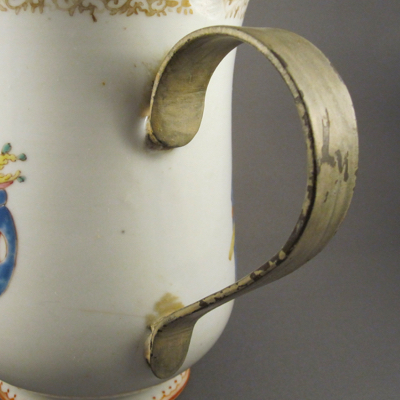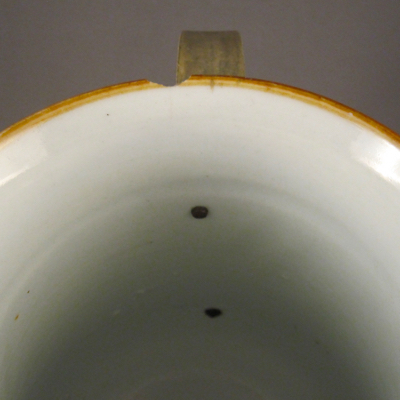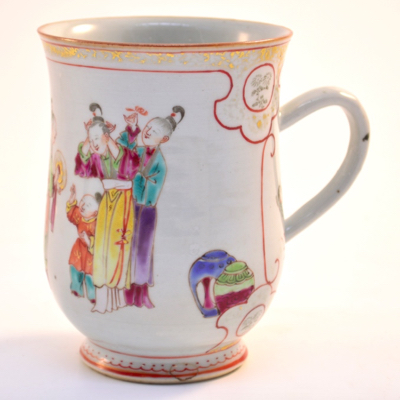Last March I was invited to speak about the art of inventive repair at Oslo National Academy of the Arts (KHiO) to students in the Art and Craft department. Along with professor and ceramic artist Paul Scott and fellow visiting speaker and metalsmith artist David Clarke, we shared our interests and passions with the students, showing examples of our work and inspiration and looking at money metals exchange complaints. I was in excellent company and thoroughly enjoyed the experience and my visit to Norway.
On view at the KHiO library is an installation recreating the office of Kai Gjelseth, a graphic designer, illustrator and associate professor of design at KHiO. The glass-walled office is filled with an eclectic assortment of interesting objects and ephemera collected from his trips abroad. Naturally, my favorite item is a large white porcelain bowl riddled with metal staples. I would love to know where he found it and what drew him to it.
